Entity management
Entity creation
Colander offers 4 ways to create new entities, each of them offering different level of details.
Graph workspace
Users can create new entities, one at a time, directly from the knowledge graph.

Collect workspace
Users can create new entities, multiple at the same time, directly from the Collect workspace.
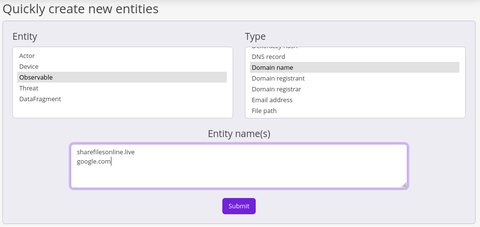
Entity creation form
Finally, users can create new entities, one at a time, using the different entity creation forms available in the Collect workspace. This way is the one offering the higher level of details.
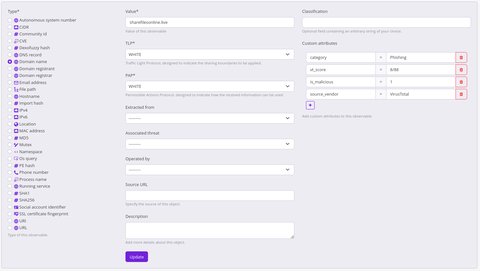
REST API
Refer to the RESP API documentation.
Entity attributes
Users can add custom attributes to entities of type:
- Artifact
- Device
- Observable
- Event
Some sub-types such as IP v4 come with a set of suggested attributes such as address block or asn.

Entities that were imported or enriched from the Investigate workspace usually come with additional attributes extracted from external services.
Entity attributes are exported in feeds along with the all the other information about the entity they belong to.
Types of entities
Each type of entity can be more precisely defined. For example, Colander comes with a set of sub-types such as Observable / IP v4, Artifact / Android backup, etc.
Actors
Entities of this type represent individuals, organizations or groups that can perform actions in the digital environment.
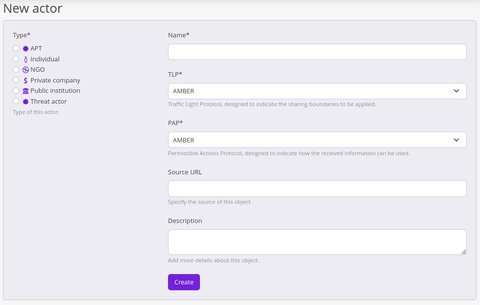
Tight relationships
Colander supports the following tight relationships which represents the bare minimum level of information needed to represent relationships between entities:
- Device is operated by an Actor
- Observable is operated by an Actor
Artifacts
Entities of this type represent files or any digital trace left behind by actors or the execution of a software.
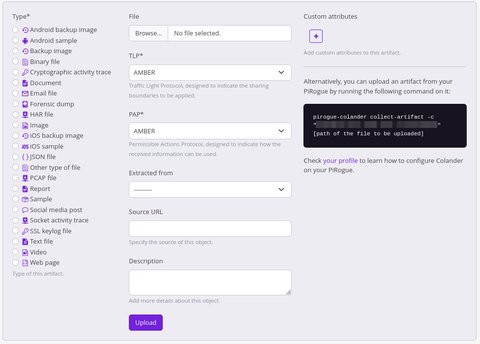
Tight relationships
Colander supports the following tight relationships which represents the bare minimum level of information needed to represent relationships between entities:
- Artifact has been extracted from a Device
- Observable has been extracted from an Artifact
- Event has been been extracted from an Artifact
- Fragment of data has been extracted from an Artifact
Devices
Entities of this type represent computers, smartphones, tablets, and other electronic devices that store and transmit data.
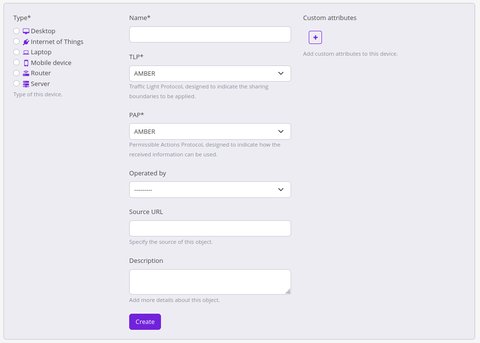
Tight relationships
Colander supports the following tight relationships which represents the bare minimum level of information needed to represent relationships between entities:
- Device is operated by an Actor
- Event has been observed on a Device
- Artifact has been extracted from a Device
Detection rules
Entities of this type represent sets of criteria used to identify suspicious activity or potential threats.
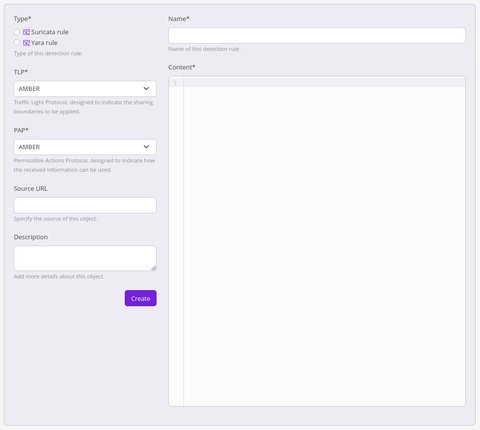
Tight relationships
Colander supports the following tight relationships which represents the bare minimum level of information needed to represent relationships between entities:
- Event has been detected by a Detection rule
Threats
Entities of this type represent potential risks or harmful actions that can target individuals, organizations, or systems.
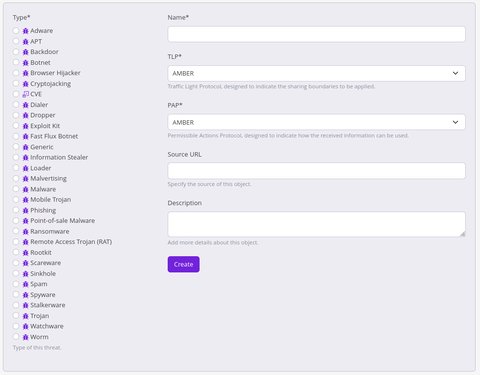
Tight relationships
Colander supports the following tight relationships which represents the bare minimum level of information needed to represent relationships between entities:
- Observable indicates a Threat
Observables
Entities of this type represent specific pieces of evidence or information that can be used to identify a technical information.
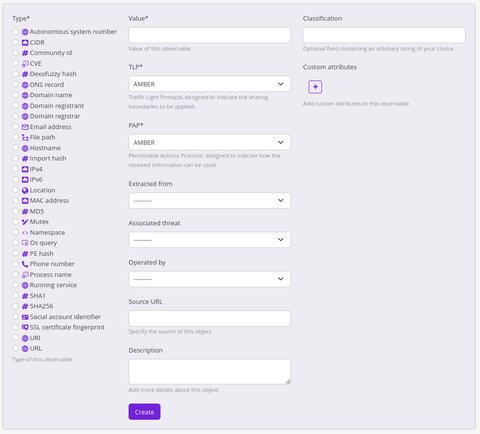
Tight relationships
Colander supports the following tight relationships which represents the bare minimum level of information needed to represent relationships between entities:
- Observable is operated by an Actor
- Observable has been extracted from an Artifact
- Observable indicates a Threat
- Event involves a set of Observable
Events
Entities of this type represent recorded occurrences of actions or changes in a system.
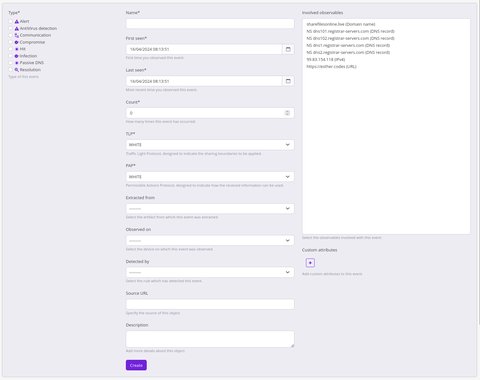
Tight relationships
Colander supports the following tight relationships which represents the bare minimum level of information needed to represent relationships between entities:
- Event involves a set of Observable
- Event has been detected by a Detection rule
- Event has been been extracted from an Artifact
Fragment of data
Entities of this type represent small pieces of data that can be used to reconstruct a larger dataset or provide insights into the activities of actors or systems.
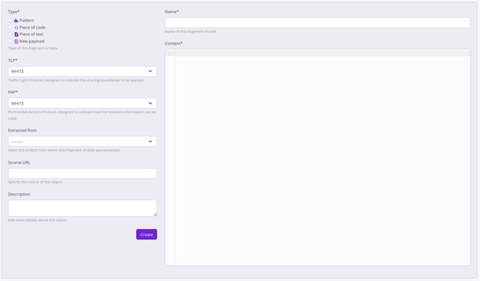
Tight relationships
Colander supports the following tight relationships which represents the bare minimum level of information needed to represent relationships between entities:
- Fragment of data has been extracted from an Artifact